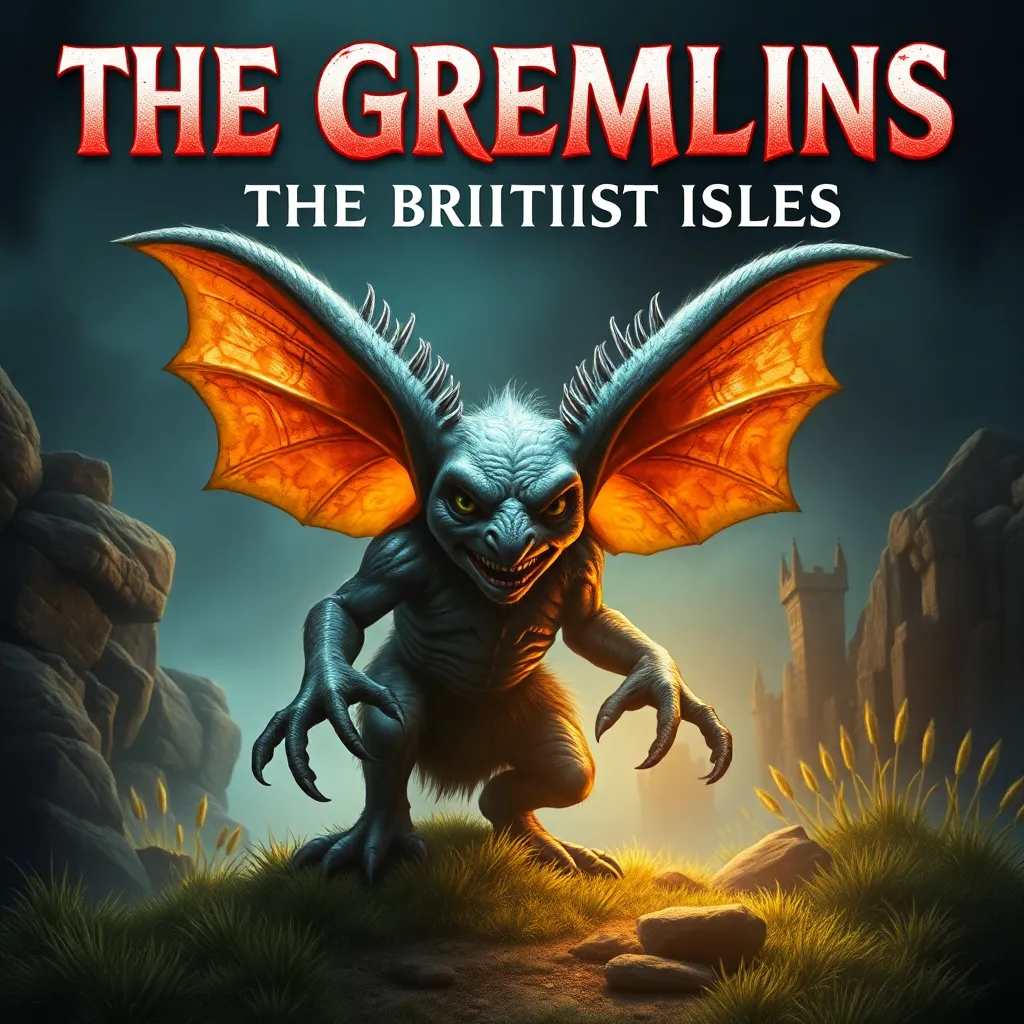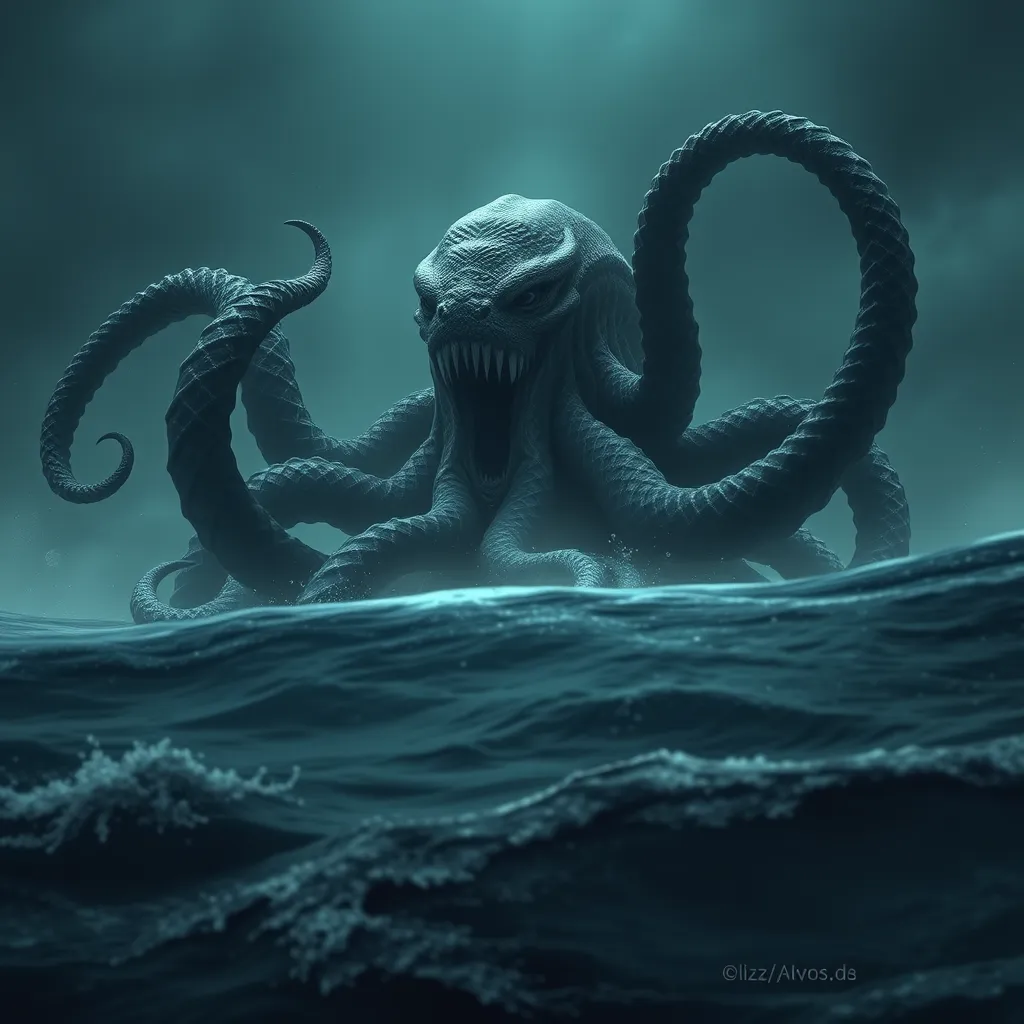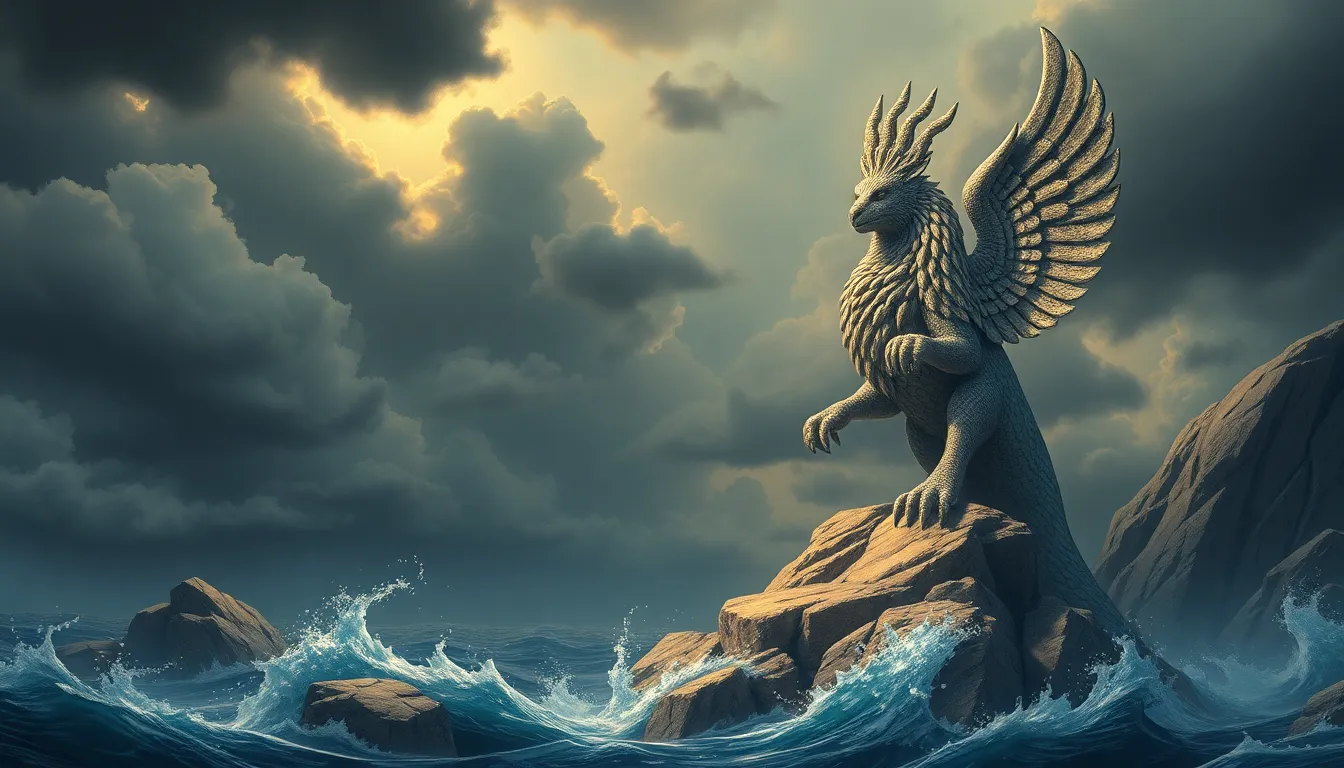The Gremlins of the British Isles: From Fairy Lore to World War II
I. Introduction to Gremlins: Myth and Reality
Gremlins, those mischievous little creatures of folklore, have intrigued generations with their uncanny ability to cause chaos and confusion. But what exactly are gremlins? In the context of British folklore, gremlins are often depicted as small, impish beings that meddle with machinery and create havoc, particularly in aviation and engineering. This article aims to explore the evolution of gremlins, tracing their origins in British mythology and their notable transformation during World War II.
II. The Origins of Gremlins in British Folklore
The historical context of gremlins can be traced back to early tales of mythical creatures in the British Isles. These creatures were often associated with the natural elements and the chaos of rural life.
- A. Historical context: The earliest references to gremlins can be found in the stories told by British pilots and engineers, who attributed mechanical failures to these supernatural beings.
- B. Connections to other fairy beings: Gremlins share similarities with other fairy creatures in British folklore, such as pixies and brownies, known for their playful yet troublesome nature.
- C. The role of gremlins: In rural life, gremlins were often blamed for everyday misfortunes, from misplaced tools to poor harvests, reflecting the superstitions of the time.
III. Gremlins and Their Characteristics
Gremlins are characterized by distinctive physical traits and behaviors that have evolved over time.
- A. Physical descriptions: Traditionally, gremlins are depicted as small, goblin-like creatures with exaggerated features—pointed ears, sharp teeth, and mischievous grins.
- B. Common behaviors: Gremlins are notorious for their penchant for mischief, often sabotaging machinery, hiding tools, and creating mechanical errors.
- C. Symbolism: In many ways, gremlins symbolize human anxieties about technology and the unpredictability of machines, serving as a reminder of the limits of human control.
IV. Gremlins in Literature and Popular Culture
Gremlins have made their mark in literature and popular culture, evolving from folklore into recognizable characters in modern storytelling.
- A. Notable literary references: The earliest literary mentions of gremlins appeared in various wartime literature, where they were depicted as the cause of aircraft mishaps.
- B. Evolution of the archetype: Over time, the gremlin archetype has been adapted in various forms, including films, cartoons, and video games, often portraying them as comical yet troublesome creatures.
- C. Impact on contemporary media: Gremlins have influenced a variety of media representations, including the iconic 1984 movie “Gremlins,” which solidified their place in pop culture.
V. The Transformation of Gremlins During World War II
World War II marked a significant turning point for the gremlin mythos, as these creatures became associated with military lore and experiences.
- A. Introduction in military lore: During the war, pilots began to report mysterious mechanical failures, attributing them to gremlins as a way to cope with the stress of combat.
- B. Role in aviation mishaps: Gremlins became infamous for their association with aircraft malfunctions, often depicted as sabotaging planes in humorous wartime cartoons.
- C. Influence of propaganda: Gremlins served as a morale booster for soldiers, providing a light-hearted explanation for mechanical failures that could otherwise lead to panic.
VI. Notable Examples of Gremlins in WWII
Several notable examples illustrate the cultural phenomenon of gremlins during World War II.
- A. Wartime cartoons: The character of “Gremlin” was popularized in animated shorts, such as those produced by Warner Bros, which portrayed them as playful yet troublesome figures in aviation.
- B. Real-life accounts: Pilots often recounted bizarre incidents where malfunctions occurred under mysterious circumstances, reinforcing the belief in gremlins.
- C. Cultural phenomenon: Among soldiers, the concept of gremlins became a shared joke, fostering camaraderie and a sense of collective identity in the face of adversity.
VII. The Legacy of Gremlins in Modern Times
Today, gremlins continue to capture the imagination in various forms of popular culture, reflecting ongoing societal themes.
- A. Continued interest: The fascination with gremlins persists, evident in films, literature, and merchandise that celebrate these iconic creatures.
- B. Influence on contemporary fantasy: Gremlins have influenced modern fantasy literature and media, serving as a metaphor for the unpredictability of technology.
- C. Reflection of societal fears: The gremlin mythos encapsulates contemporary anxieties surrounding technology and the complexities of modern life.
VIII. Conclusion: The Enduring Allure of Gremlins
The journey of gremlins from fairy lore to their prominent role in World War II is a testament to their enduring appeal in British culture. These mischievous creatures not only reflect the human experience of facing the unknown but also serve as a reminder of the whimsical aspects of folklore that continue to resonate today. The gremlin mythos remains relevant, inviting continued exploration and reinterpretation as society navigates the challenges and wonders of the modern world.



